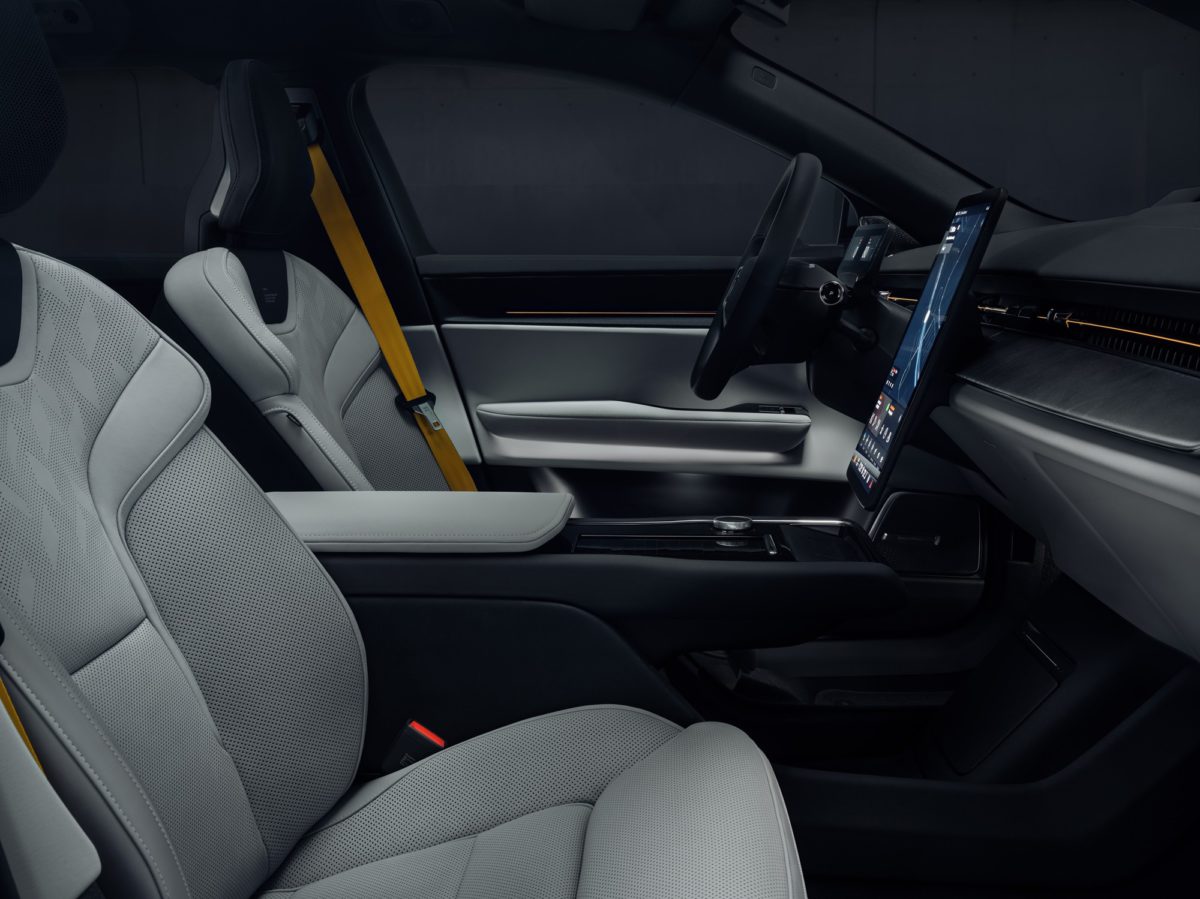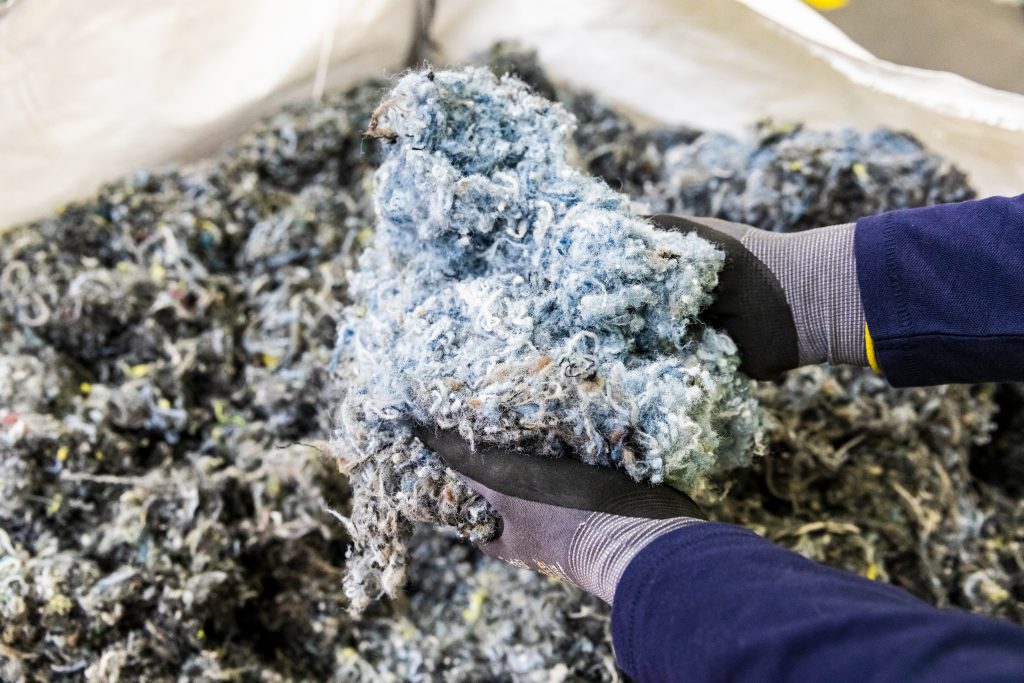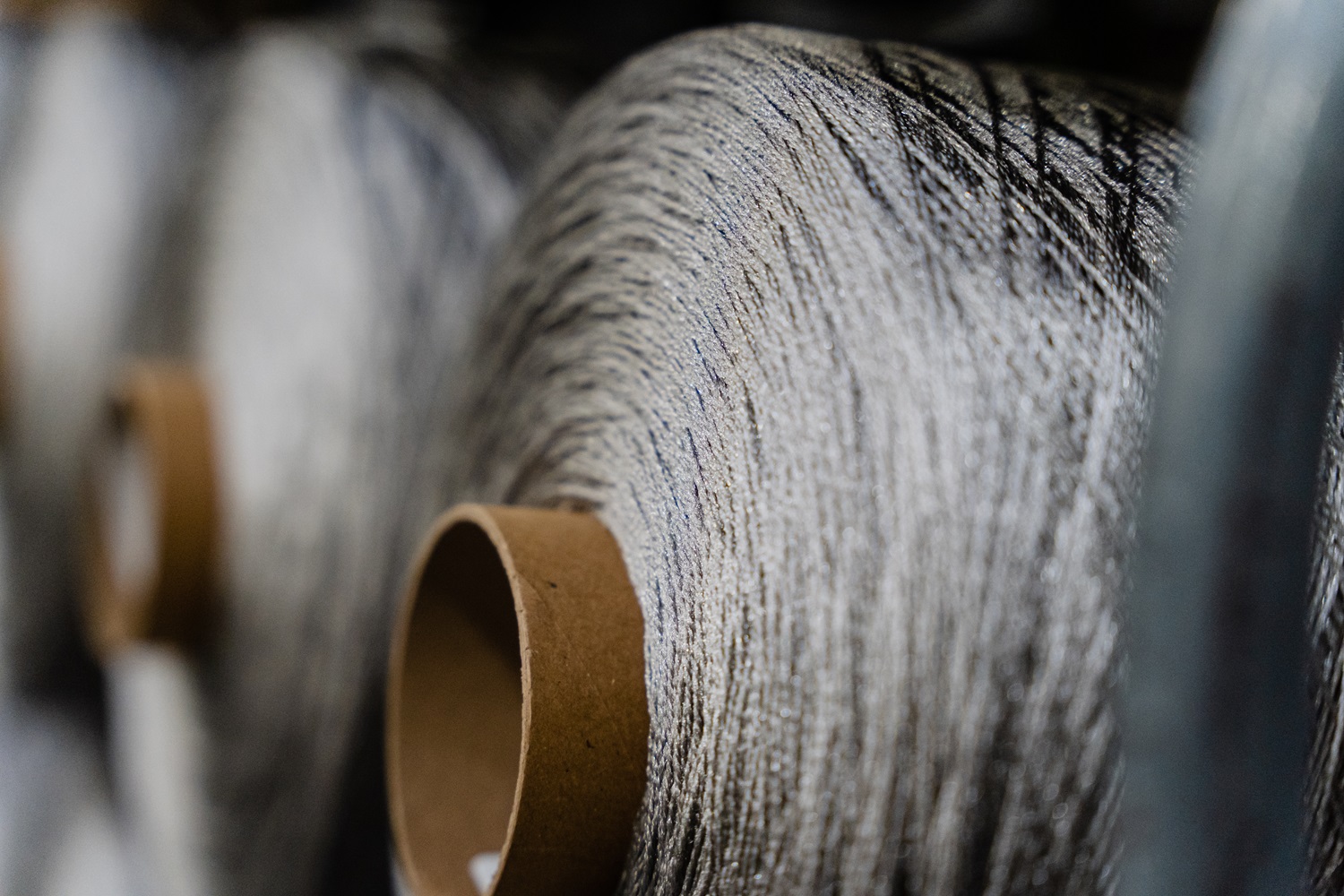Three Ways Manufacturers are Reimagining the Future of Automotive Design
Sustainable design is the future of automotive design.

We’re already seeing this evolution reflected in the rapid increase in electric and hybrid vehicles. According to the International Energy Agency, 14 million electric cars are expected to sell worldwide in 2023, a 35% increase over last year’s sales. This gives electric cars an 18% share of the overall car market – and that number is only projected to grow.
However, going electric isn’t the only way car manufacturers are achieving their sustainability goals. The automotive design industry is reimagining vehicles from the inside out, exploring new technology, resources and innovative materials for a more sustainable future.
Meeting Strict Regulations with New Technology
In an effort to reduce our global carbon footprint, several countries have implemented more strict regulations and requirements for automotive manufacturers. The Paris Agreement has challenged governments to enforce policies that reduce emissions and promote low-carbon solutions. This year, the European Union amended their carbon emission standards for vehicles, including penalties for manufacturers that exceed those standards.
Automotive manufacturers are working to achieve these ambitious goals of energy conservation, emission reduction and carbon neutrality by exploring new technologies that improve vehicle efficiency. For example, some manufacturers have improved engine combustion and fuel management while reducing vehicle weight to lower the carbon footprint of their vehicles.
Manufacturers can also limit carbon emissions by reimagining more sustainable manufacturing processes. Volkswagen is currently using modular manufacturing principles to fulfill their zero-emission goals, and BMW has a factory equipped with all electric production vehicles, including automated electric forklifts and tow trucks. To continue advancing sustainable manufacturing, we hope businesses will look toward additive manufacturing (like 3D printing), material substitution and eco-design.

Becoming Part of the Solution by Building a Better Infrastructure
While developing more efficient and lower carbon vehicles improves our global climate situation, automotive manufacturers must also consider the role they play in the overall lifecycle of a vehicle and actively participate in building a better infrastructure. This means becoming part of the solution and closing the loop on automotive manufacturing.
One way to close the loop is by designing with the end in mind and considering what happens to a vehicle at the end of its lifespan. How can those parts and components be recycled and repurposed into materials for new cars? How can we collect that waste in the first place? Considering these questions as well as how the designer and manufacturer can be part of the process is an important first step to closing the loop.
Automotive designers interested in using waste-based materials in their vehicles can also help support the collection of these resources. Hyundai, which uses ECONYL® nylon in its IONIQ 5 and IONIQ 6 floor mats, developed a partnership with Healthy Seas, a nonprofit organization that collects ghost nets off the coasts of multiple countries. The suitable parts of these fishing nets are recycled with other nylon waste, like carpets and fabric scraps, and regenerated into ECONYL® nylon, which is then used in Hyundai’s floor mats. Hyundai is not only using a sustainable material in its vehicles, but becoming part of the solution to ensure valuable resources are not wasted.

Using Innovative Materials for Interiors
Beyond more efficient engines, automotive manufacturers are also reimagining the materials used in vehicle interiors through a sustainability lens. Manufacturers have explored bioplastics, vegan leather and more. We have also seen an increase in requests for ECONYL® nylon for car interiors and under the hood components.
ECONYL® nylon is used in floor carpets and mats for a variety of manufacturers in North America, Europe and Asia – including Hyundai, Maserati, Lotus and Polestar. Besides the floor covering, some models have extended the use of ECONYL® nylon to other components such as rear seatback fabric, trunks and trunk lids. The world’s first electric Hyper-SUV Lotus Eletre applied ECONYL® nylon into its interiors. Polestar’s ultra-luxury pure electric SUV Polestar 3, released in early 2023, uses ECONYL® nylon for all carpet fabric, further interpreting the brand concept of design-driven in car manufacturing to achieve sustainability.
For every 10,000 tons of ECONYL® raw material, we are able to save 70,000 barrels of crude oil and avoid 65,100 tonnes of CO2 emissions. Aquafil, the creator of ECONYL® nylon, was recently recognized as one of the Top 100 Players of China’s New Automotive Supply Chain by the 2023 Gasgoo Awards in the low-carbon new materials segment. Using innovative ingredients like ECONYL® nylon enables manufacturers to achieve their sustainability goals while still designing luxurious, durable interiors.
Looking Toward the Future of Automotive Design
As one of the leading global producers of emissions and waste, the automotive industry has been forced to reckon with its responsibility in designing for a more sustainable future. Manufacturers are not seeing this as a burden, but as an opportunity to reimagine the way vehicles are designed, manufactured and recycled. We are excited by the changes we’ve already seen and look forward to watching how the industry continues to explore innovative ways to reimagine the future of automotive design.
Cover image credit: Polestar
Authors: Ian Burt & Xiaoqin FuLatest from the Blog